Director Leah Purcell on The Drover’s Wife: Legend of Molly Johnson

Feminist, fierce, fearless, and frightening. Actor and director Leah Purcell’s debut feature film, The Drover’s Wife: Legend of Molly Johnson, is all and much more than those words. She has reimagined Henry Lawson’s classic short story about how far you can go to protect the ones you love, but without romanticising the male gender roles in 19th-century Western Australia. A tale that hits home for Purcell pays back the respect that women deserve. Not only for women but for the Aboriginal community, too. The Drover’s Wife disregards the traditional, whitewashed history books and lets the true characters tell their stories. Surviving the harsh circumstances of the Western Australian outback, fighting everyday domestic violence, and being the breadwinner/homemaker were chores for the absurdly-called “second sex”, including Molly Johnson. The film premiered at the 2021 SXSW Film Festival and has been screened at the Warsaw International Film Festival, the Melbourne International Film Festival, and the Sydney Film Festival.
FRONTRUNNER sat down with Purcell to dive into the consequences of domestic violence, the cloistered message of ‘existing whilst black’, how trying to rid children of the Aboriginal blood in Australia is the equivalent of someone passing as white in America and how young girls can and should learn a lot from the legendary woman, Molly Johnson.
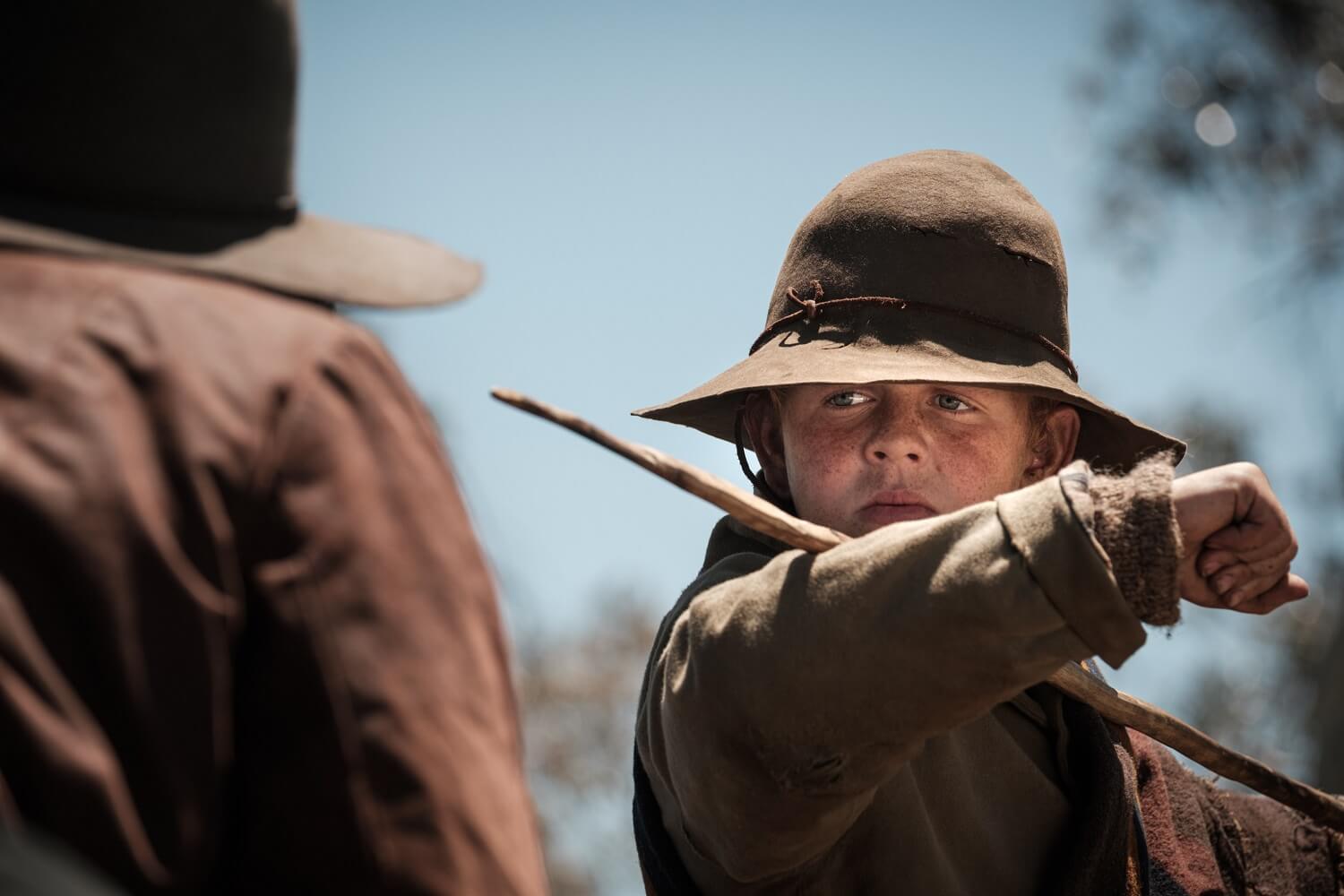
The Drover’s Wife: Legend of Molly Johnson (2021)
Dir. Leah Purcell
Photo credit: Memento Films International
Congratulations on your directorial debut. The film has a challenging subject and mostly dark material to make your first feature film on. Can you share what inspired you to take Lawson’s 19th-century short story and re-imagine it for the big screen?
My mother read it to me when I was five years old. The Henry Lawson story is a short story, only nine pages. It’s about a woman, a drover’s wife, who lives on open land and her husband is away a lot. A drover is someone who herds sheep or cattle, a shepherd. Back in the day, they went away for a year to drove cattle across [Australia]. She was often left alone with the children and had to fight wild animals, rogue swagmen, and any danger that came to her. A snake gets under the wood heap, gets inside, and overnight, she ponders about her life and how hard it is on her own. Her older son wakes up and shares a story with her. My mom would read it, and I connected to it as a five year-old because I remember it was the first time I used my imagination to relate to a story. I was that little boy because there wasn’t a male figure around our family. My white dad was not present, and my mom is aboriginal. My mom was the man at the house: the mother and the father. I was her protector. We lived on the outskirts of Melbourne and had a combustion stove and a wood heater, so she taught me to split logs and stack them so that no snakes would be under them. Our lives would play back, and I could see myself in that story. I was eighteen when I had my daughter, and my mom passed away a month later. The one thing I took from my mom when she passed was her Henry Lawson book. I carried that story with me for 45 years. In 2006, I worked on a film called Jindabyne, directed by Ray Lawrence. I fell in love with the landscape and I thought, “We don’t utilise it enough in our stories.” On weekends, I would travel around. My partner and I went up to the highest point in Australia, Mt. Kosciuszko, and I shouted, “I’m coming back, and I am going to do something!” I already thought about The Drover’s Wife. Cut to 2019, and I am calling “action” and “cut.” You must be careful what you put out there. I have been in the industry for 30 years, and the screenplay began as a theatre piece. My partner read it and said we were on to something; I think there’s a film in this. We brought in the right people, the commissioning editors of the screen industry to see the play, we received standing ovations and sold out, so we knew the story was working. The next minute, I am workshopping with my audience at night. I would come down from the stage and talk to people. I always had the idea of where I wanted it to go. We soon got a book deal, and each medium gave and borrowed from the other. I have already done lots of research which I could transfer into the book. When I had to write character backstories for the actors, I said, well, this is a chapter in the book. Read it!
The notion of the story is how far one goes to protect loved ones. This is subjective, but Molly Johnson goes as far as murder(s), yet it’s still hard to see her as a guilty individual. What were the challenges of crafting a character where the audience, without doubt would take her side?
Much of The Drover’s Wife is based on my and my family’s story. Yadaka (Rob Collins), is based on my great-grandfather, Molly represents my mother, and in regards to the violence, some of that happened to me when I was young; far too young to be in a domestic violence situation. It comes from a place of truth. She was pushed to the brink, and sometimes, you must do what you have to do. In those days, Molly Johnson had no protection, and unfortunately, in 2022, some men still think that is the case because three women are dying a day in Australia from the hands of the ones they love. Because I suffered from it, I tried to stay away from the domestic violence issue, but I am a spiritual person and I thought if I need to be a vessel and to keep this subject in the forefront of people’s minds or to encourage women to make a change and get out then this is what this is the story for it. The killing is not out of aggression but protection and fear.
Everything you have mentioned is quite timely. Thinking of the current abortion issue in the US and, well, around the world. Birthing a dead baby or perhaps being a victim of rape are all elements of your film that your character experiences. Can you elaborate on how so-called dated issues are still relevant today and are so accurately portrayed in the film?
People are dying of these issues. When I was writing, the only worry I was truly conscious of was the domestic violence and Yadaka’s line, “existing whilst black”. In 2014, we had an intervention in the Northern territory, and black men were vilified on social media. I said, not all black men are evil. There is good and bad in every race. I grew up with black men, and my uncles were like my fathers. I did not want to bring in the stereotypical black men who are beasts or savages. I wanted to turn the spotlight on Yadaka and make him the hero. In a couple of interviews, Rob said, “Leah has brought back respect and pride in the indigenous men.” In 2021 in Australia, we acknowledged the 30-year royal commission of black deaths in custody. But at that time, the George Floyd incident had happened, which [had] shone a global spotlight on black men dying in custody. Some people asked if I hooked onto that, but no, I didn’t. We have been fighting this for 30 years in our country so that people would be aware. The quote “existing whilst black” was inspired by a 1970s interview that I researched. It was timely since these incidents are still happening in the world, and my film is here, and is now. People are talking about it in the past, but it’s happening today. As an artist, I want my films to bring about conversation.
There are many issues the film touches on, but let’s highlight children witnessing domestic violence in the family. People don’t realize the damage that can provoke, especially when they are not aware of them watching. Violence can happen out of self-protection, so it raises the question about the premise of the film. How far can you go to protect loved ones while you might be causing damage simultaneously?
You’re the only one who has picked up on that. That’s why Molly sent her son to the cave, but yes, that’s absolutely correct. The drover created those wounds, and when she had to decide, it was either her or him. Children are affected. My daughter was very young, and was affected because she had witnessed something. She was a baby, but she knew. It was interesting to watch how long it took her to forget and how she reacted. I made a short film called SHE SAY about a woman’s older daughter hearing the domestic violence in the room, and how that affected her and the relationship with her father. Then later, how she protected her little brother by putting music into his ears. That’s why I brought in Yadaka to say to Danny, “It’s not what a man has on his feet, it’s how he holds himself”. Danny witnessed what happened, he saw what his mother did, and if Yadaka didn’t come into his life, he could have grown up and become a man of abuse. We need to break that cycle, and look at those children who are survivors of domestic violence and what sort of people they become. That was Yadaka’s purpose, to change a young man’s life.
I could not help but think about Molly experiencing something similar when we talk about “Passing” for a white person in the US. Certainly, the latter is more known, but perhaps you can elaborate on what it means to be of aboriginal or black background in Australia, then and now. We don’t hear as often about racism targeted at indigenous and black people in Australia as in the US, which doesn’t mean it doesn’t exist. Can you elaborate on how that has evolved since the film’s time period?
Racism is alive and well in Australia. Regarding Molly, I was looking at a fair skin indigenous person. I was aware of passing because I used to work in the US, and people spoke about it in the arts. The scene with the piece of paper in the fire represents my grandmother because she was part of the stolen generations. Black or aboriginal children were taken from their parents to be brainwashed, and married off to white people to get rid of the bloodline. It was an actual government policy in Australia in the 1800s. If we had a policy of passing, then those children would have. I was always brought up as an aboriginal because I did not have the white influence in my family. That’s all I know. The love and support are all black. When people see my skin color, they say you could cross over and be whatever you want. Molly and her mother are fair in the story. That’s how Henry Lawson described her, they called her Black Mary, but she was the whitest gin around. Gin means woman. Because she died while giving birth, Molly didn’t have that influence of culture and tradition, so she grew up with her white dad. It’s the reverse of how I grew up. It wasn’t so much that she grew up rejected, she didn’t know them. There is a movement in Australia where a lot of people with fair skin are coming back saying they finally got the story out of their grandparents. There is a dark-skinned woman in the photo, but no one talks about her. Sometimes they would even say the person is Spanish. The reclaiming of identity is something that’s happening now. The non-indigenous people in the film, such as the judge, thought they could send them to an institution and give them help. Children going into care is another talked about issue currently. Of course, if they are in danger within a household, they should go into care, but what was said is to place the indigenous kids with family first. It should be a choice first with the opportunity offered to the family. Mainly because of what sending children to institutions has done to society in the past. A lot of abuse and violence came out of those situations. Keep black kids with black families.
In any family, if there is violence, then there is violence. You have turned the story into a film that gives power to female characters and lets women breathe. Louisa (Jessica De Gouw) publishing a journal, the hanging scene, or Molly firing a bull’s eye every time are all examples of – I don’t want to call it feminism because we don’t label it when a man does all these things – but certainly it was unheard of back then. Is this a prominent difference between Lawson’s story and your film? Highlighting women’s skills?
Lawson does romanticise in his story. The drover promises his wife that if he had more money, then he would take her to the city. I am not saying that wasn’t a promise of someone, but most of the women in that time, had to step up and handle rogue men that came onto their properties. They had to be a dead-eye shot not only for protection but for food too. The irony was that when we were filming in 2019, massive fires were coming through that location, so in the misty scenes, we had real smoke. We had meetings about where to escape if the fire came. Women were making life decisions at properties in that area doing a Molly Johnson. Women have not been heroines since the beginning. They had to be able to do all that men can do. Taking the Western genre and placing it in the 1800s allowed me to push everything to the extreme. I have a diary that was written by white superiors at that time.
How did you get hold of that diary?
That’s another story. Indigenous people don’t get access to the archives of these files as they show all the massacres and genocides that the authority at the time had done. We sent a non-indigenous relative such as an in-law to say she was doing a thesis and got it for us. Many sayings in the films are based on real words from the diary.
What would like girls and women to learn from Molly Johnson?
When I say to fight back, I don’t mean fists and guns but through education: having a voice, and calling things out. Let’s encourage and stand behind each other. Let’s support women’s issues. When are we going to stop domestic violence? What’s happening in America is ridiculous. Women are still considered second-class citizens and can’t make choices on ancient laws. Australia needs a new hero, and Molly Johnson would be perfect. You can make a change even if you have nothing. Women can leave with nothing.


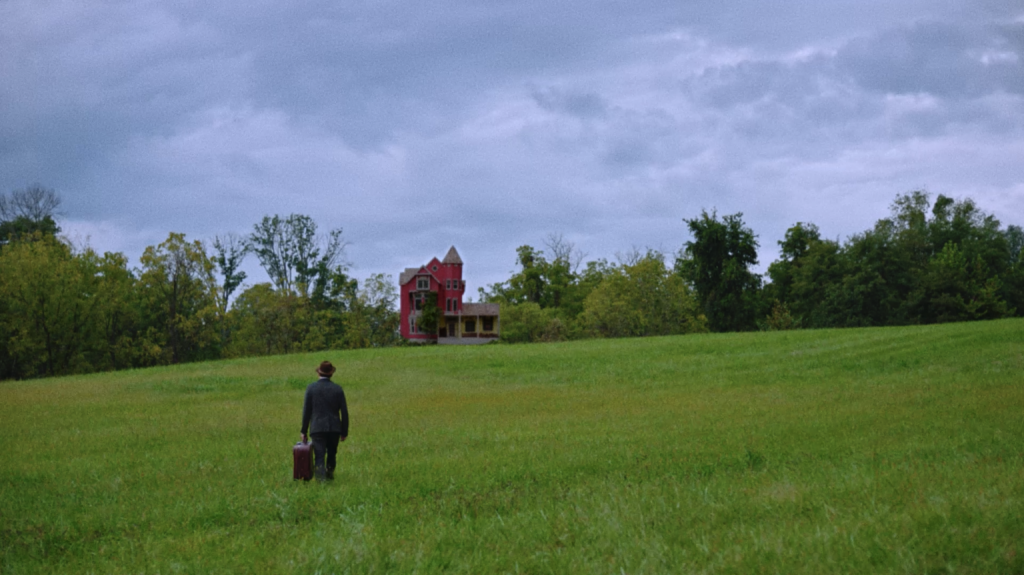
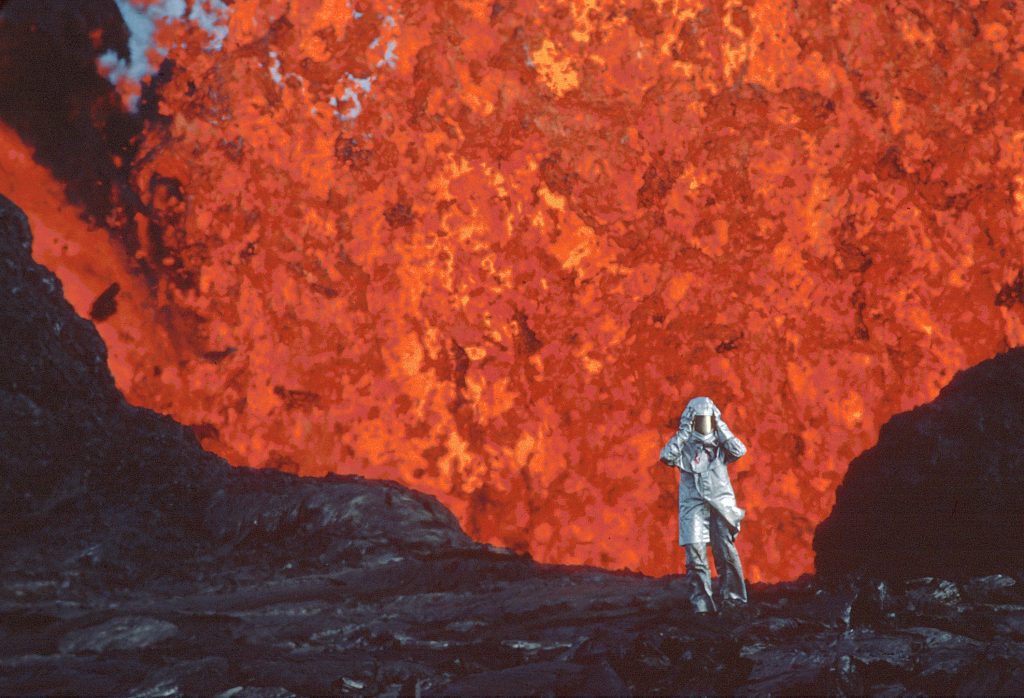
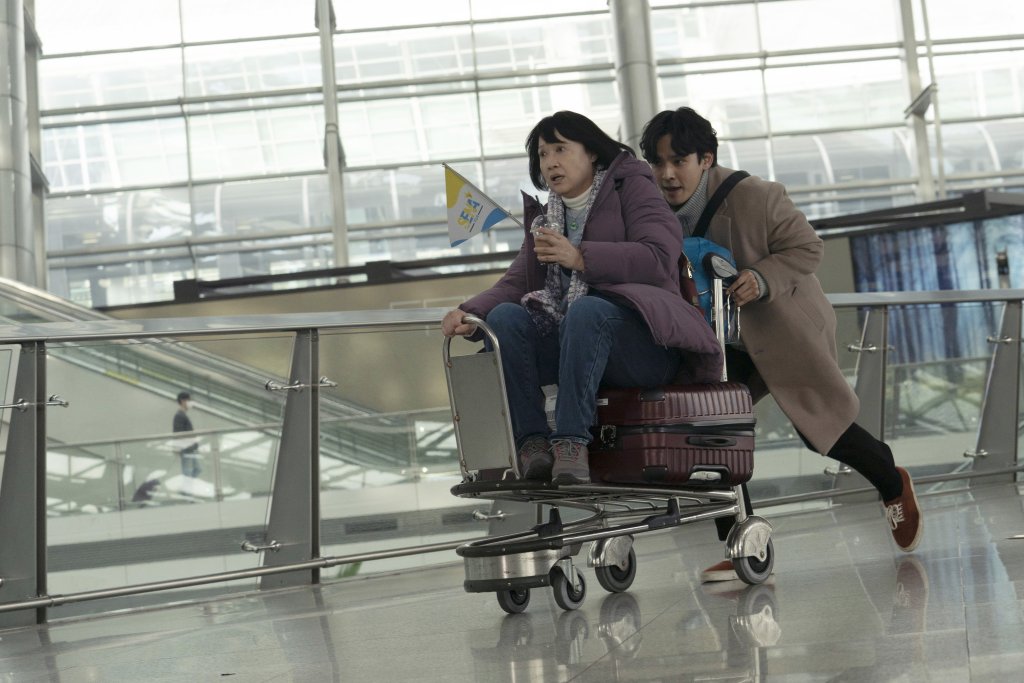
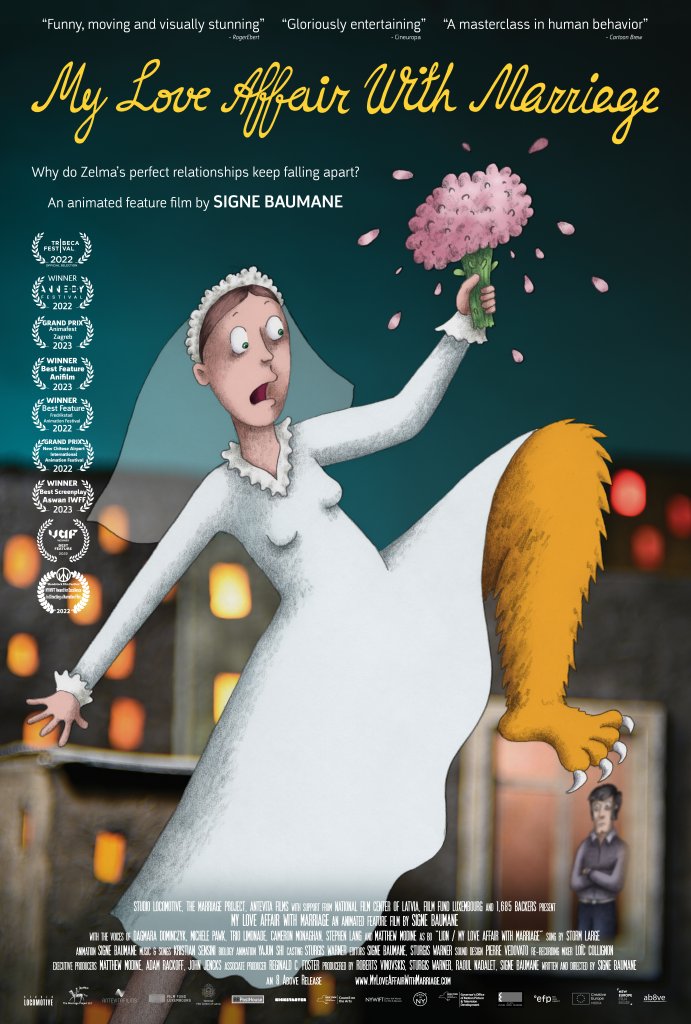
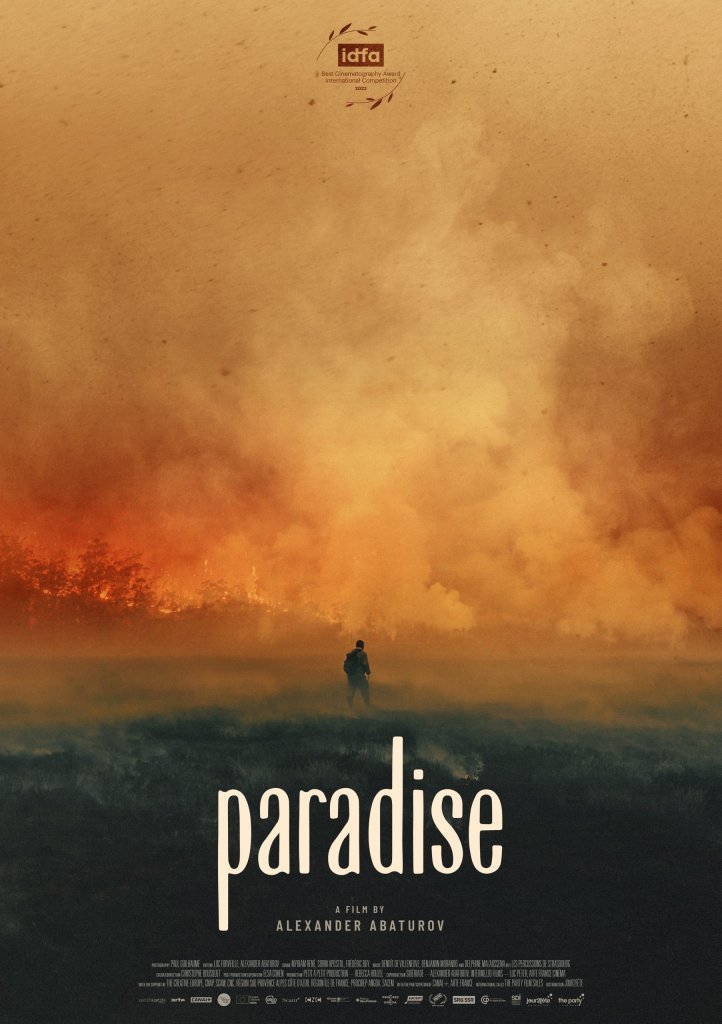
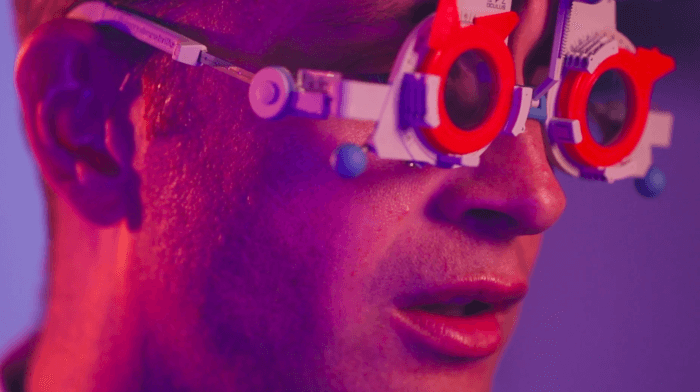

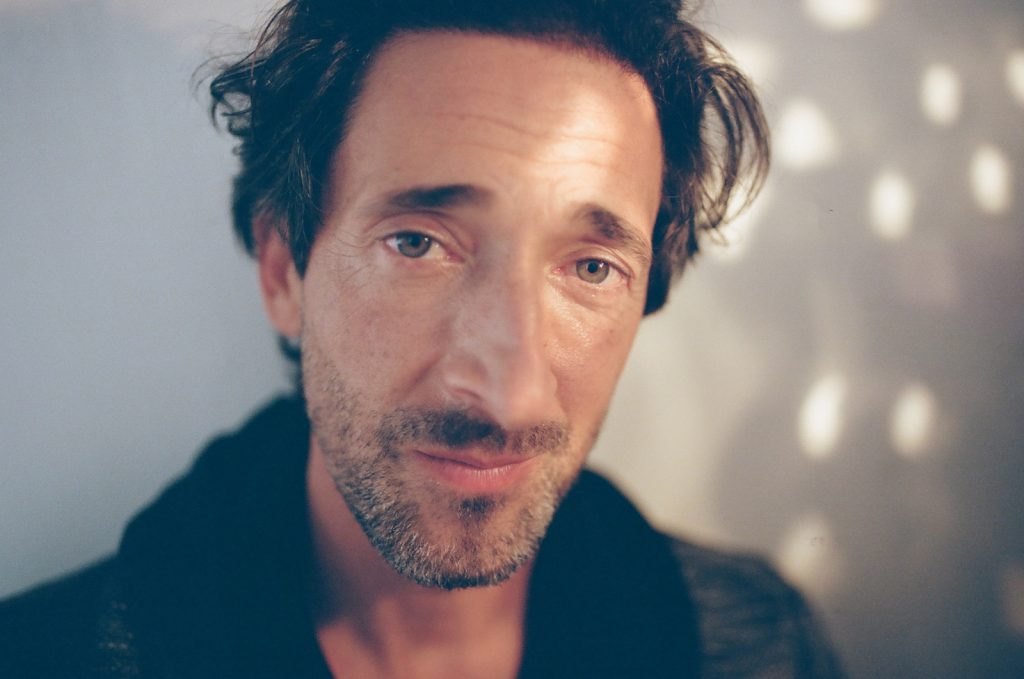
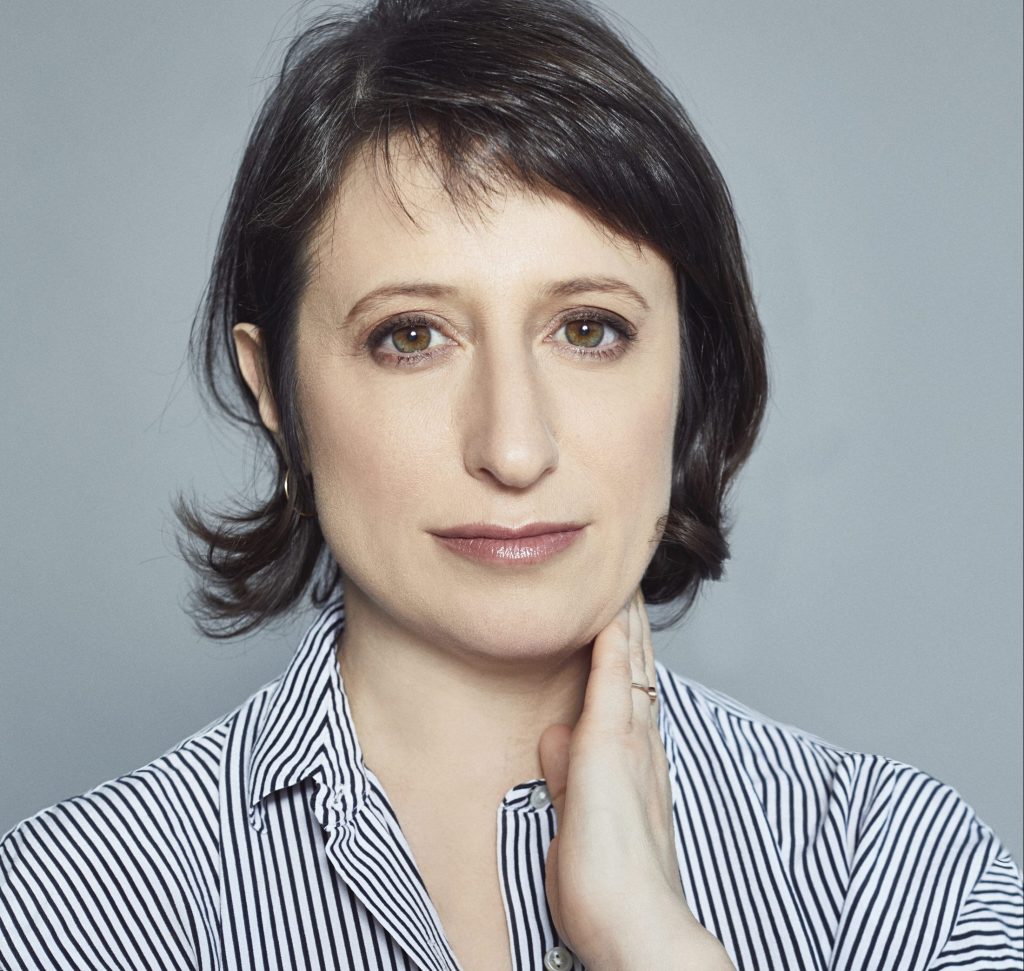
Responses